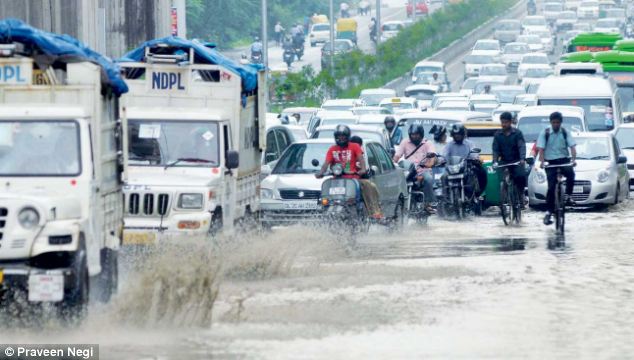The sewers of the city are in constant motion, flowing as heavily as the traffic above them, but just like motorways and main roads, the sewers of the city can fail due to poor maintenance, the weather, and by people being careless. Also just like a motorway, when a sewer fails, there can be serious repercussions, and in several occasions over the last few years, there have been major problems caused by sewer failures causing burst pipes, loss of water pressure, and even traffic congestion. In London, the sewers are often old, and under a great deal of pressure from the number of people using the drains every day. All of these users add to the risk of sewer failure, and sometimes they can contribute to it in a serious way.
The Fatberg Problem
Fats and waste being dumped into sewers is a major problem in the UK, and has caused serious disruption to more than one city. Clumps of fat stick to the sides of the sewers, gradually collecting more debris as time goes on, and forming what are now known as ‘fatbergs’, massive clumps of fat, often mixed in with other debris which should not have been flushed, which prevent water from flowing and mean that the sewer becomes blocked. While the 15 tonne fatberg from London was one of the most famous to date, other cities such as Oxford are also struggling to handle these issues. A recent sewer failure in the latter city meant that Thames Water had to invest in repairs, and drivers expecting a 10-minute journey were delayed by more than an hour. The same, happening in London, could easily bring the city to a complete standstill.
The Weather
An additional problem for the last few years has been the amount of rain that has fallen. Although the Southwest was most affected by heavy rainfall, drains across the country have been feeling the pressure of significantly larger volumes of water. Although drains are intended to take this water from paths, roads and public areas, it is not always possible to drain the amount of water that has been falling in the last few years. This has lead to the problem of ‘standing water’ or rainwater that has formed puddles around drains, often several inches deep. This poses a problem to drivers, who might not realise that the water is not a puddle, and drive through it, causing wheel and axel damage.
Again, the repairs required for sewers, which are overwhelmed with water can be serious. Pipes bursting due to the pressure of water can lead to chaos, particularly as it is a problem, which needs to be dealt with immediately. Drivers in London had to face long delays, and even road closures, so that plumbers could get to work on the drains, replace pipes, and also clear out the excess water using machines. All of these requirements meant that there were large parts of the city where traffic was motionless for several hours at a time, and were some drivers were not able to make it to their destinations that day.
Fraser Ruthven is the Marketing Associate for the established London Drainage Facilities, Fraser feels that everyone should know a little bit about Londons drainage problems and educate them in how to prevent this problem from occuring so often.





